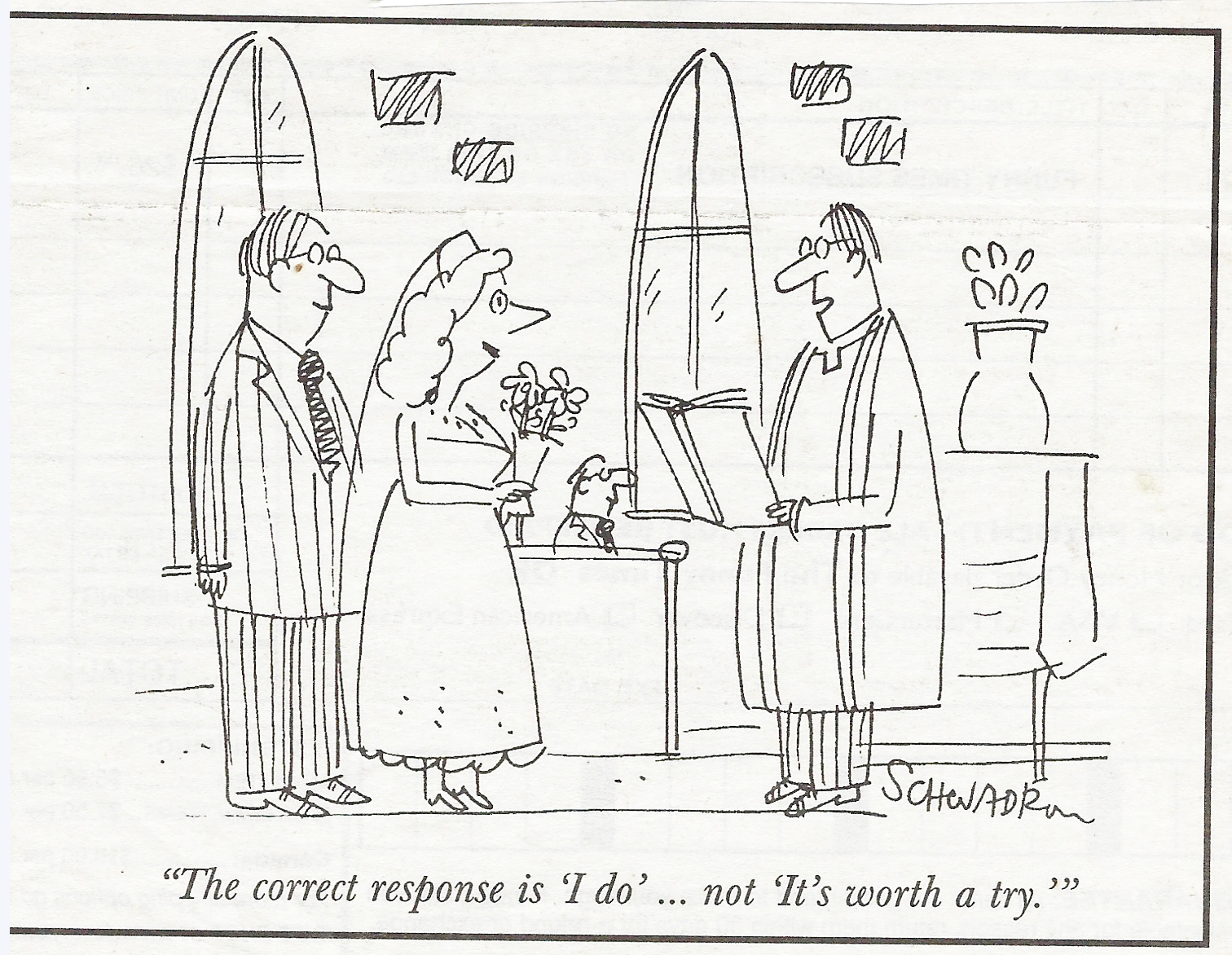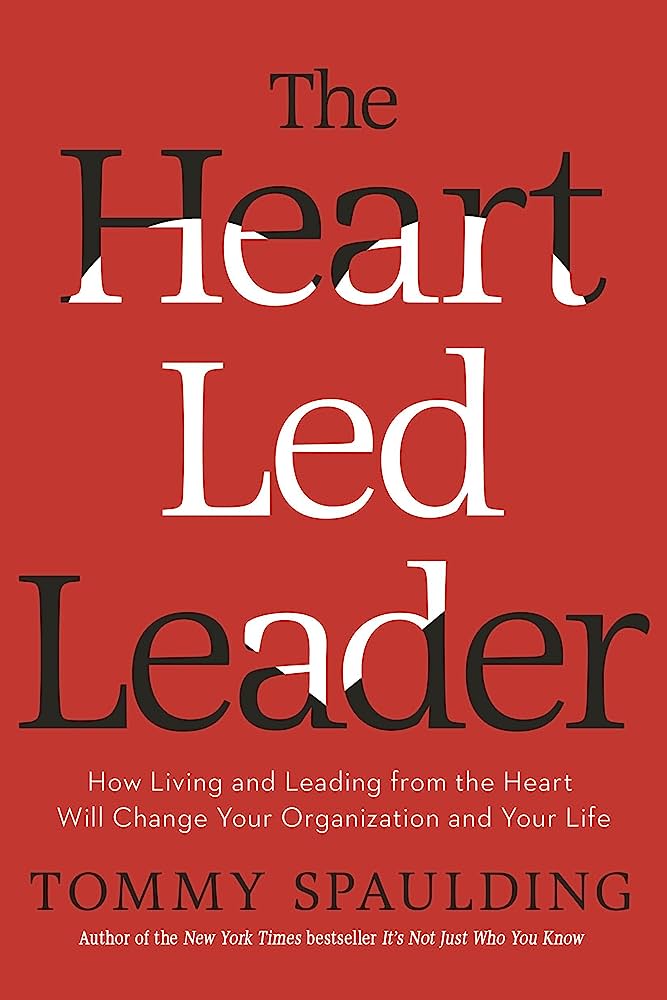LEARN A LITTLE:

Defining One’s Best Possible Life
So often we hear people talking about living “the good life.” In fact, Plato may have started it all in his dialogues addressing wisdom, knowledge and virtue.
The typical person interviewed by a reporter on the street would probably reply to the question, “What does it mean to live a good life?” as being happy, having an enjoyable life, being healthy, having a good home, no money problems, having friends, etc. The fact is that we all probably differ somewhat in our definition of good.
My colleagues and I crafted the following definition as we sought to wrestle with the issues of person-centered planning. What is offered in these thoughts is the architecture for designing one’s best possible life. The definition does not include the content of that pursuit. It should however, allow you to evaluate the fullness and richness of your life as reflected by your choices and the resulting activities. It relies heavily on the principles of positive psychology and the goal of living a life that flourishes while offering a different perspective on the definition of “good.”
When we are living our best possible life and flourishing, we are viewing and experiencing the world positively. We are learning from the lessons of yesterday. We are enjoying today and looking forward to tomorrow. And we are able to act on the opportunities and possibilities that present themselves today and in the future.
Let’s break down the definition and briefly discuss each element. While serving as a positive affirmation, the intent is to be both motivational and aspirational.
First of all, it’s viewing and experiencing the world positively. This does not mean that people are being asked to lie to themselves about the realities of today’s world. We all know it’s a mess. But we should face our circumstances with a positive frame of mind, knowing things can get better.
The truth is that things can be both bad and better at the same time. I also believe we can always do the next best thing. It’s about a mindset that we decide to have. It’s a decision that we can make.
Second, it’s learning from the lessons of yesterday. This is about self-reflection and personal growth, noting and retaining good thoughts and experiences, and the positive actions that should be continued.
As we’ve talked with people about this definition with respect to the lessons of yesterday, they invariably bring up something bad first. They think of the mistakes they made, the occasions when they screwed up. If you’re interested in this negativity instinct, pick up a book called The Power of Bad by John Tierney and Roy Baumeister. They explain why we suffer with the negativity instinct. Learning from experiences is not just about recognizing mistakes. It’s also about remembering the things we want to repeat going into the future.
Third, it’s about enjoying today. We need to remember that yesterday and tomorrow are just thoughts and constructs in our mind. Today is all we have. We need to be present in every moment and we need to be grateful. Gratitude is being talked about a lot today, but it’s so important to put it into practice. According to Cicero, it “is not only the greatest virtue, but the parent of all others.” Gratitude is the foundation of optimism. Enjoying today is also about savoring–that is taking time to recall positive events and experiences, and reliving the positive emotions that you felt previously. Savoring can also mean that you are truly taking time to smell the roses, fully relishing the present. Positive moments last longer when we pause to enjoy them.
Fourth, it’s about looking forward to tomorrow, anticipating the joys yet to come. Tomorrow is actually an extension of hope. It’s about looking forward to seeing someone, attending an event or even going to work. It is the anticipation of positive or fun adventures, and experiences, such as a holiday celebration or meaningful events in our lives. Looking forward to something good happening is a powerful motivator. Interestingly enough—we know this from research—there are occasions when thinking about something in the future actually generates good feelings in the present.
And last, it’s about acting on the opportunities and possibilities that present themselves in the future. It’s when we’re willing to take risks. There are times in our lives when an opportunity acted upon has changed us. In fact, everyone one of us has acted on some and missed some. So often we fail to act because the opportunity seems too risky or we are simply not curious enough. You must first be mindful of opportunities and actually look for them. And this is not the same thing as being opportunistic.
As mentioned previously, this definition of our best possible life basically serves as the architecture or structure for our personal planning efforts. The definitional elements provide the opportunity to ask the questions:
- “How do I think about my life?”
- “How do I think about my life today?”
- “How am I thinking about that aspect of my life and what has to occur for that to unfold or develop going forward?”
- “How can I get better?”
We as individuals need to fill in that content. What do we want to do going forward? How do we want to be?
Such an approach leads to the development of goals and objectives that impact our entire lives, not just a part of it. As a result, our lives change and progress is made day by day. Each of us is unique. In fact, we vary in what brings us enjoyment today, what we look forward to tomorrow and our assessment of what we see as opportunities or possibilities.
Values and variables that deeply affect our lives should be the focus of our planning efforts, so that we can live our best possible life.
Remember this, it’s about getting better, not perfect. It’s about experiencing joy, peace and contentment. The reality is that we don’t stay the same because every day we’re getting better or we’re getting worse. By the way, and so are our organizations.
LAUGH A LITTLE:

REFLECT A LITTLE:

Proverbs 17:9
Love prospers when a fault is forgiven,
but dwelling on it separates close friends.
READ A LITTLE:

The Heart-Led Leader
Tommy Spaulding (Crown Business, 2015)
The Heart-Led Leader, written by Tommy Spaulding, a well-known author, speaker and leadership consultant, will engage your thinking and challenge your assumptions throughout the entire book. Spaulding shares inspiring, insightful stories that certainly make the case for “going through the heart to reach the brain.”
He begins with the basics, including the premise that “companies take on the personality of their leaders.” Given the title of the book, it’s probably best to share his definition of leading from the heart.
“We use the heart to decide how we feel, how the world around us moves us and how people and experiences change the very essence of who we are at the deepest, most intimate levels. It also requires that you lead with love. In this context, love is simply an unselfish and genuine concern for the good of others. So when we lead from the heart—when we lead with love—we care deeply about serving others, about selflessness, about doing the right thing even when it’s difficult, about developing empathy and demonstrating generosity, about all those ideals that may seem “soft” but, in fact allow us to live and lead more powerfully.”
Spaulding asks the reader lots of questions and makes the point that “who” questions are much more important than “what” questions. They include, for instance:
- Who am I?
- Who do I serve and impact?
- Who do I love?
Heart-led leadership begins when we confront the question of who we are.
What follows are some observations and insights that stood out from the rest. You will notice that many exemplify the principles of servant leadership.
- The goal of heart-led leadership is to “respond to every person and every situation with our hearts rather than our heads.”
- Emphasizing the importance of humility, the author notes that we can tell a lot about a person by what they have hanging on their walls, and sometimes you can tell even more by what is not hanging there. This observation reminds me of a CEO. When you sat down in a chair across the desk from him, he had all of the books he was “reading” arranged so the titles were facing you. Most people did not describe him as being humble.
- I expect that I am not the only person who has noticed people with “I” problems. It’s not an uncommon problem with people, including leaders who are self-absorbed. Spaulding’s apparent love for numbers gave him the idea to create an “I/we ratio.” Whenever he listens to a speaker he jots down a mark in a notebook for each time an “I” or “we” is expressed. It’s his favorite predictor for sorting servant leaders from self-serving leaders.
- Crisis doesn’t build character; crisis exposes character.
- “Whatever we choose to focus on will grow around us. If you focus on negativity, watch out because it’s coming. But if you focus on the positivity and the beauty of tomorrow, watch out because that is coming too.”
- In the end, it doesn’t matter if what you do is a little thing or a big It’s about doing the right thing.
- People often ask me for insights into growing their organizations. If you want to grow your organization, first you have to grow your relationships. And if you want to grow your relationships, first you have to grow your heart. And if you want to grow your heart—if you want to be a heart-led leader—first you need to act from a place of love in everything you do and with everyone you meet.
Indeed, “we need to feel first, think second and act third.” ~Charlie Piscitello
Until next time,
Art Dykstra
Purchase this and other recommended books at your local bookstore or through the HighTidePress.org bookstore.
All High Tide Press sales benefit persons with disabilities.
Cherry Hill Consulting Group and High Tide Press
are Visions of Trinity Foundation - 101 Hempstead Place, Joliet, IL 60433


